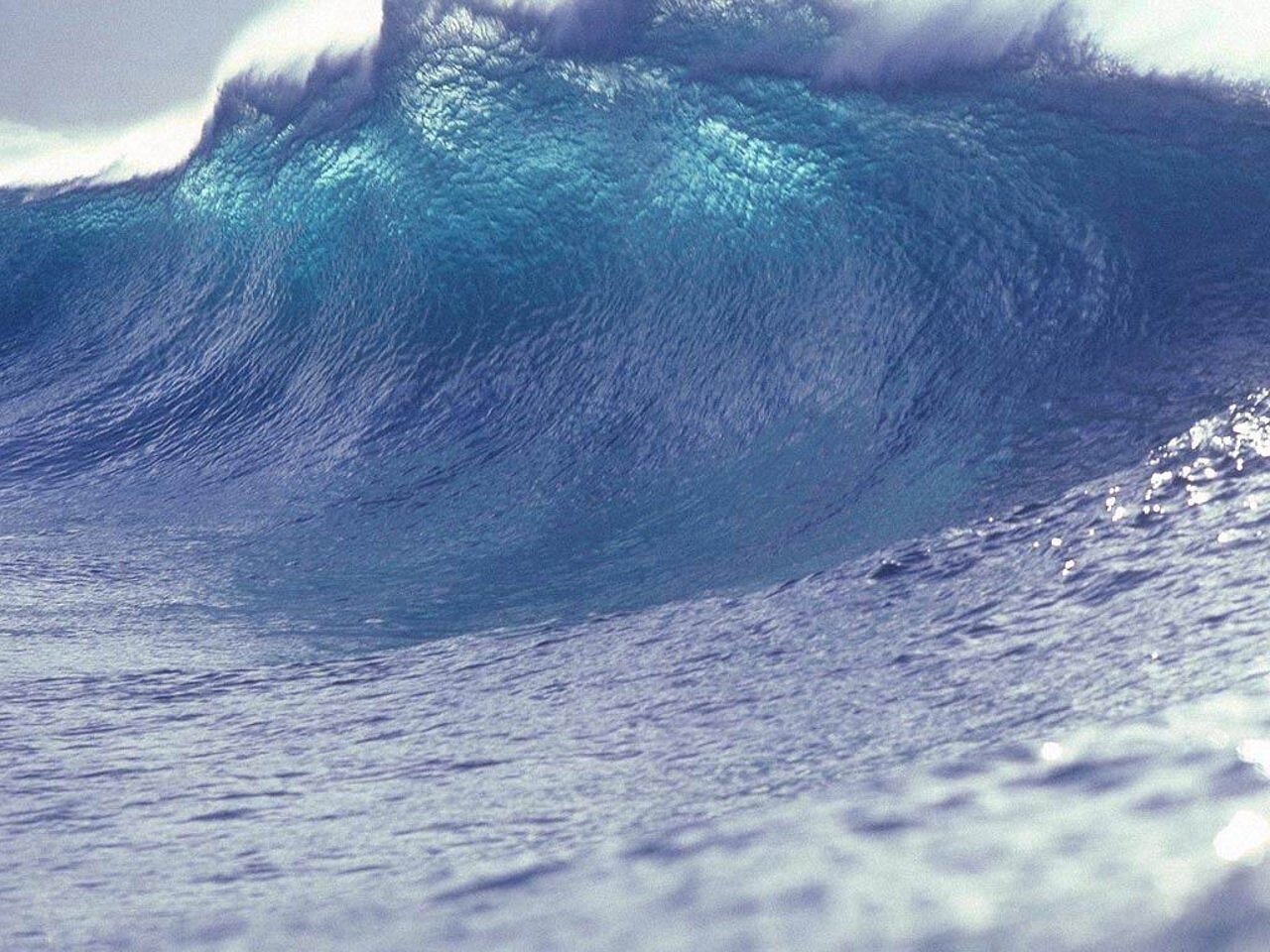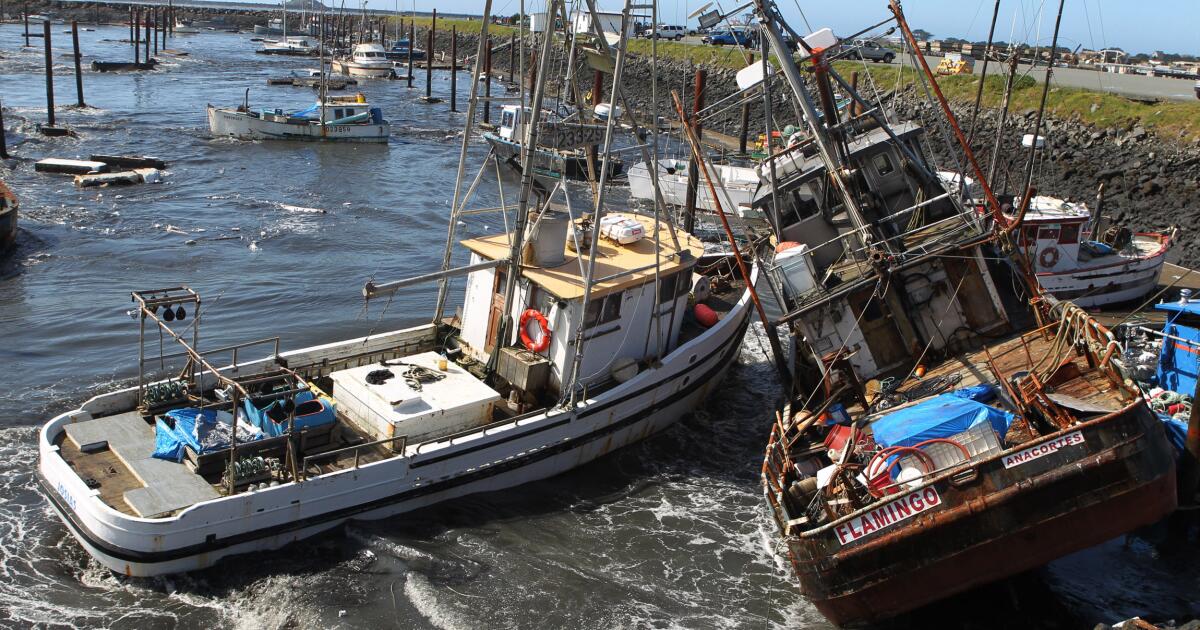California Tsunami Preparedness: Understanding The Potential For Damage And Casualties

Welcome to your ultimate source for breaking news, trending updates, and in-depth stories from around the world. Whether it's politics, technology, entertainment, sports, or lifestyle, we bring you real-time updates that keep you informed and ahead of the curve.
Our team works tirelessly to ensure you never miss a moment. From the latest developments in global events to the most talked-about topics on social media, our news platform is designed to deliver accurate and timely information, all in one place.
Stay in the know and join thousands of readers who trust us for reliable, up-to-date content. Explore our expertly curated articles and dive deeper into the stories that matter to you. Visit Best Website now and be part of the conversation. Don't miss out on the headlines that shape our world!
Table of Contents
California Tsunami Preparedness: Understanding the Potential for Damage and Casualties
California, with its extensive coastline, faces a significant, albeit often underestimated, threat: tsunamis. While the image of a towering wave crashing onto the shore is dramatic, the reality of a tsunami event is more nuanced, involving a complex interplay of factors that determine the extent of damage and casualties. Understanding this complexity is crucial for effective preparedness.
The Cascadia Subduction Zone: A Major Threat
The primary source of tsunami risk for California is the Cascadia Subduction Zone (CSZ), a 600-mile-long fault line running off the coast of the Pacific Northwest. A massive earthquake along this fault, capable of reaching magnitudes of 9.0 or higher, could generate a devastating tsunami impacting the entire West Coast, including California. While the probability of such an event in any given year is relatively low, the potential consequences are catastrophic.
Types of Tsunami Impacts and Potential Damage:
Tsunamis aren't just about towering waves. The impact can manifest in several ways:
- Initial wave run-up: This is the initial surge of water onto land, often the most destructive phase. The height of this run-up varies drastically depending on the location and topography. Coastal areas with bays and inlets are particularly vulnerable to wave amplification.
- Inundation: The flooding of coastal areas by seawater. This can persist for hours, causing widespread damage to infrastructure and property. Buildings near the coast are at high risk of collapse or severe structural damage.
- Debris: Tsunamis carry immense amounts of debris—cars, trees, buildings—which are propelled inland with tremendous force, causing further destruction and posing a significant threat to life.
- Erosion: The powerful currents associated with a tsunami can cause significant coastal erosion, altering the landscape and undermining infrastructure.
Estimating Potential Casualties:
Predicting the exact number of casualties is challenging, but several factors influence the potential death toll:
- Earthquake magnitude: Larger earthquakes generate larger tsunamis.
- Time of day: A tsunami striking during the day will likely lead to higher casualties as more people are likely to be in affected areas.
- Preparedness levels: Effective evacuation planning and public awareness significantly reduce casualties.
- Infrastructure resilience: Well-built structures and robust infrastructure can lessen the impact.
What Can Californians Do?
Preparedness is key. Here are some crucial steps:
- Develop a family emergency plan: Identify evacuation routes, meeting points, and communication strategies.
- Know your tsunami risk: Check your local tsunami evacuation zone maps. These maps are available through your local emergency management agency or online resources such as the .
- Sign up for emergency alerts: This will ensure you receive timely warnings.
- Practice your evacuation plan: Familiarize yourself with the routes and timings.
- Secure your home: Consider measures to protect your property from flooding and debris.
Conclusion:
While a major tsunami event in California is not an if but a when, proactive preparedness significantly reduces the risk of casualties and minimizes the extent of damage. By understanding the potential impacts, developing a robust plan, and staying informed, Californians can significantly enhance their resilience to this significant natural hazard. Staying updated on the latest information from official sources is critical. Don't wait until it's too late; prepare today.

Thank you for visiting our website, your trusted source for the latest updates and in-depth coverage on California Tsunami Preparedness: Understanding The Potential For Damage And Casualties. We're committed to keeping you informed with timely and accurate information to meet your curiosity and needs.
If you have any questions, suggestions, or feedback, we'd love to hear from you. Your insights are valuable to us and help us improve to serve you better. Feel free to reach out through our contact page.
Don't forget to bookmark our website and check back regularly for the latest headlines and trending topics. See you next time, and thank you for being part of our growing community!
Featured Posts
-
 John Walkers Transformation Wyatt Russells Hints For Avengers Doomsday
Jun 10, 2025
John Walkers Transformation Wyatt Russells Hints For Avengers Doomsday
Jun 10, 2025 -
 Top 5 Most Memorable Moments From The 2025 Tony Awards
Jun 10, 2025
Top 5 Most Memorable Moments From The 2025 Tony Awards
Jun 10, 2025 -
 Seismic Activity Off California Tsunami Danger Prompts Evacuation Orders
Jun 10, 2025
Seismic Activity Off California Tsunami Danger Prompts Evacuation Orders
Jun 10, 2025 -
 Mens T20 International England Vs West Indies Live Updates
Jun 10, 2025
Mens T20 International England Vs West Indies Live Updates
Jun 10, 2025 -
 Blake Livelys Emotional Distress Case Dismissed Amidst Medical Records Dispute
Jun 10, 2025
Blake Livelys Emotional Distress Case Dismissed Amidst Medical Records Dispute
Jun 10, 2025
